Demon Slayer: Kimetsu no Yaiba is set in the Taishō Period of Japan between 1912 and 1926. For some context, it’s right before World War 1. This was confirmed in episode 7 when Tanjiro met Muzan, and we saw the spectacular landscape of Asakusa (Tokyo) during the Taisho era.
Furthermore, in episode 8, we also saw some of the European and American-influenced fashion sense of the Japanese at that time.
Other than clothing, people during those times also used steam-powered transportation modes. In addition, the decorum inside a Taishō home can be seen through some of the minor characters’ houses: Dr. Tamayo and Yushiro’s.
Still don’t believe me? Let’s explore this further.
Disclaimer: This blog will discuss Season 1 of the anime, but it will also include some minor spoilers from the manga.
1. Clothing and Attire
Looking closer, I noticed the city people’s fashion attire during episodes 7 and 8. Some of them are wearing Western clothes, while others also wear traditional Japanese clothes.
This makes sense because the Taishō Period is when Japanese people are already influenced by Western culture to some degree. Another fun fact is that Yushiro (Dr. Tamayo’s assistant) is wearing an early Taishō male school uniform or a Meiji-style one.
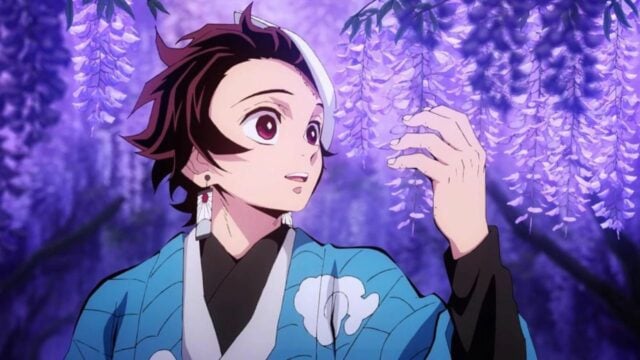
In contrast, notice how Muzan (posing as Mr. Tsukihiko and a husband) is wearing stylish Western-induced attire in episodes 7 and 8. He is wearing white pants, black shoes, and a golden-buttoned black coat stylized with swirly patterns around the chest.
Meanwhile, his female companion (Ms. Rei) is wearing a light mint-themed outfit: a cloche hat embroidered with a purple floral accessory; a turtle-necked, long-sleeved white blouse; a long skirt; and high-heeled shoes.
The fashion sense between Muzan’s family and Tanjiro’s group is sufficient evidence of their lifestyles in the series.
It’s stated in chapter 127 of the manga that Muzan has been living since the Heian period (795 – 1185). It’s safe to say thar our Demon King stays upto date with the ongoing fashion of whatever era he’s living.
2. Geography Addes Meaning to the Clothing
Tanjiro’s group lives in the countryside. Therefore, they often wear traditional Japanese clothes when traveling throughout the mountains.
The Demon Slayer Corps’ black uniforms are based on Imperial Japanese military uniforms from the day. Zenitsu stated in chapter 54 of the manga that demon hunters belonging to the Demon Slayer Corps are not officially recognized by the government; hence, the word “Corps” is used.
The colorful Haoris worn by each demon hunter hide the “Destroy” Japanese kanji character at the back of the military outfits.
Since the demon hunters must hide their true identities, they cannot walk around with swords in plain sight because it’s illegal, more so if they constantly disguise themselves as civilians.
As I said before, the Japanese people during the Taishō Period wore contemporary clothes because of the West’s influence. But the westernization of Japan did not start between 1912-1926; rather, it started way back in the Meiji Period (1868 – 1911).
When it comes to weapons, Western weapons, and military technology were introduced to the Japanese much earlier, during the Edo or Tokugawa Period (1603 – 1868). The influence in the Japanese military was so strong that machine guns, tripod-mounted guns, and gas-operated weapons were utilized in warfare.
Then, Western influence started bleeding through several Japanese transportation and construction sectors.
If you return to episode 7, Tanjiro was impressed with the tall structures of the buildings when he and Nezuko visited an Asakusa district for the first time. In chapter 13 of the manga, he wondered whether all cities are like this (implying that this is the first time he visited Tokyo Prefecture).
The buildings Tanjiro saw were very different from the simple and traditional Japanese homes he is used to seeing in the countryside.
As the economy moved to an industrialized era, constructing tall, contemporary residential, and entrepreneurial buildings like the Americans and Europeans became the trend.
3. The Transportation: Mugen Train
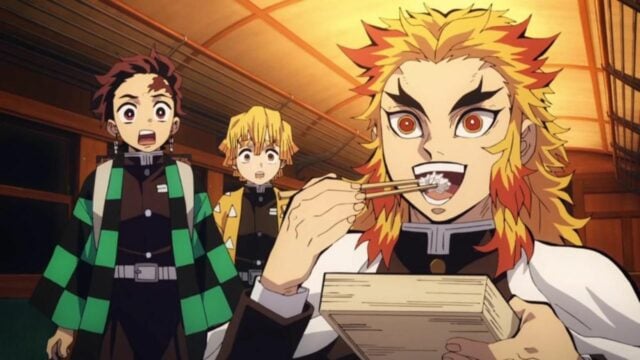
Transportation-wise, a cable train passes through the city streets in episode 7, while in episode 26, Tanjiro and his friends jump aboard a railway train to travel to their next destination.
If you also notice, Ms. Rei and her daughter use a black automobile to get a ride home in episode 8.
Based on my research, I would say that that black automobile looks almost like either a “1929 Austin Seven” or a “1928 Ford Model A Tudor sedan”. But I could be wrong because the Taishō Period occurred between 1912 to 1926. And the vehicles I mentioned were obviously models released from 1928 to 1929.
In any case, people of Asakusa in the Demon Slayer anime prefer pedal-based cars to establish a control system among their vehicles.
In real life, the rich could only afford these types of cars during the early 1900s. Ms. Rei and her daughter come from an affluent family, so it makes sense that they live a comfortable lifestyle.
4. Background & Living Conditions
Tanjiro’s family and other villagers still wear traditional Japanese clothing like kimonos, Haoris, slippers, and sandals. They follow a lifestyle akin to people living during the Meiji Period (1868 – 1912) or even the Edo or Tokugawa Period (1603 – 1868).
Because the villagers’ lifestyles are clearly segregated from the civilians of Asakusa, Tokyo, we can theorize that the anime’s first season occurs between 1912 – 1915.
This is supported by the Hand Demon’s statements during the Final Selection Arc in episode 4, “I’ll never forget that day 47 years ago!” It was referring to that time when Urokodaki hunted it.
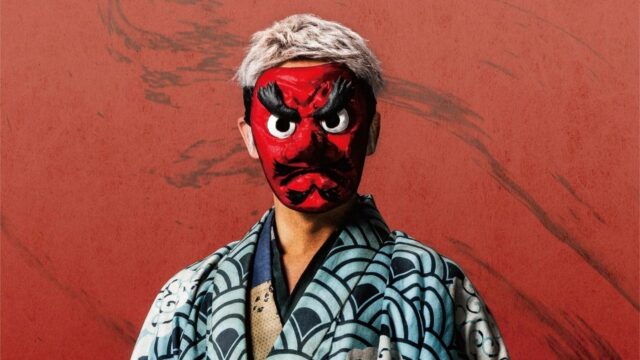
At that time, Urokodaki lived during the Edo or Tokugawa Period and wore a uniform akin to a Samurai’s. The Hand Demon was captured by Urokodaki during the Keiō Era (1865 – 1868) of the Edo or Tokugawa Period (1603 – 1868).
If you do the math, the Year 1865 plus 47 years equals the Year 1912, the beginning of the Taishō Period. I’m confident that season 1 occurred between 1912 – 1915.
Swordsmanship is incorporated in the series because Wani-sensei (Koyoharu Gotōge, the Demon Slayer mangaka) likes Taishō Period a lot, even if this period bans or illegalizes real swords.
The mangaka could have used other periods like Meiji Period (1868 – 1912), Edo or Tokugawa Period (1603 – 1868), or Sengoku Jidai (1467 – 1615) because sword-wielding is prominent and legalized in Japan’s history.
Did you also know demon hunters were supposedly called samurais during the Taishō Period? Their swordsmanship in the anime falls under the Japanese swordsmanship or martial arts called “kenjutsu” (剣術).
Members of the Demon Slayer Corps used “kenjutsu” techniques because the former samurais’ fighting styles utilized them. They likely incorporated “kenjutsu” to modify and stylize their unique Breath Styles. However, “kenjutsu” struggled to stay afloat during the Taishō Period, resulting in the decline of samurai classes.
Carrying swords in public is illegal, so no real-life Japanese swordsmen should wield real swords during the Taishō Period. The exception is the following people below, which means that they could carry real swords during the Taishō Period:
- Military personnel, police staff;
- “Kenjutsu” teachers (or a “Kenjutsu” sensei),
- Former or old samurais who have been living since the Edo or Tokugawa Period (1603 – 1868) or the Meiji Period (1868 – 1912).
Even if military personnel or the police staff can carry real swords (since it’s part of their jobs), their superiors would still recommend using handguns. Japan had tough sword control laws before even creating several gun control laws.
Just look at the scene when Tanjiro, Zenitsu, and Inosuke are trying to board the railway train. Railway train officials took it seriously when they saw the youngsters were carrying swords; they blew their whistles and yelled for the police.
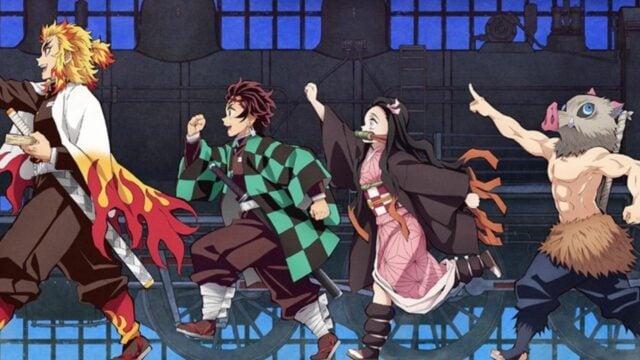
As a side note, Breath Styles or Breath Control is a real-life technique that swordsmanship students and their teachers use in Japanese swordsmanship or martial arts classes. However, only wooden swords or “bokken” are used nowadays instead of real ones.
5. About Demon Slayer: Kimetsu No Yaiba
Demon Slayer: Kimetsu no Yaiba is a Japanese manga series written and illustrated by Koyoharu Gotoge. Its publication in Shueisha’s Weekly Shonen Jump began in February 2016 and ended in May 2020 with 23 collected tankōbon volumes.
In a world filled with demons and demon slayers, Kimetsu no Yaiba follows the lives of two siblings Tanjiro and Nezuko Kamado after— the murder of their family at the hands of a demon. Their hardship does not end there, as Nezuko’s life is spared only for her to live as a demon.
As the oldest sibling, Tanjiro vows to protect and cure his sister. The story traces the bond of this brother-sister or better yet, demon slayer and demon combo against the odds of an arch antagonist and the society.
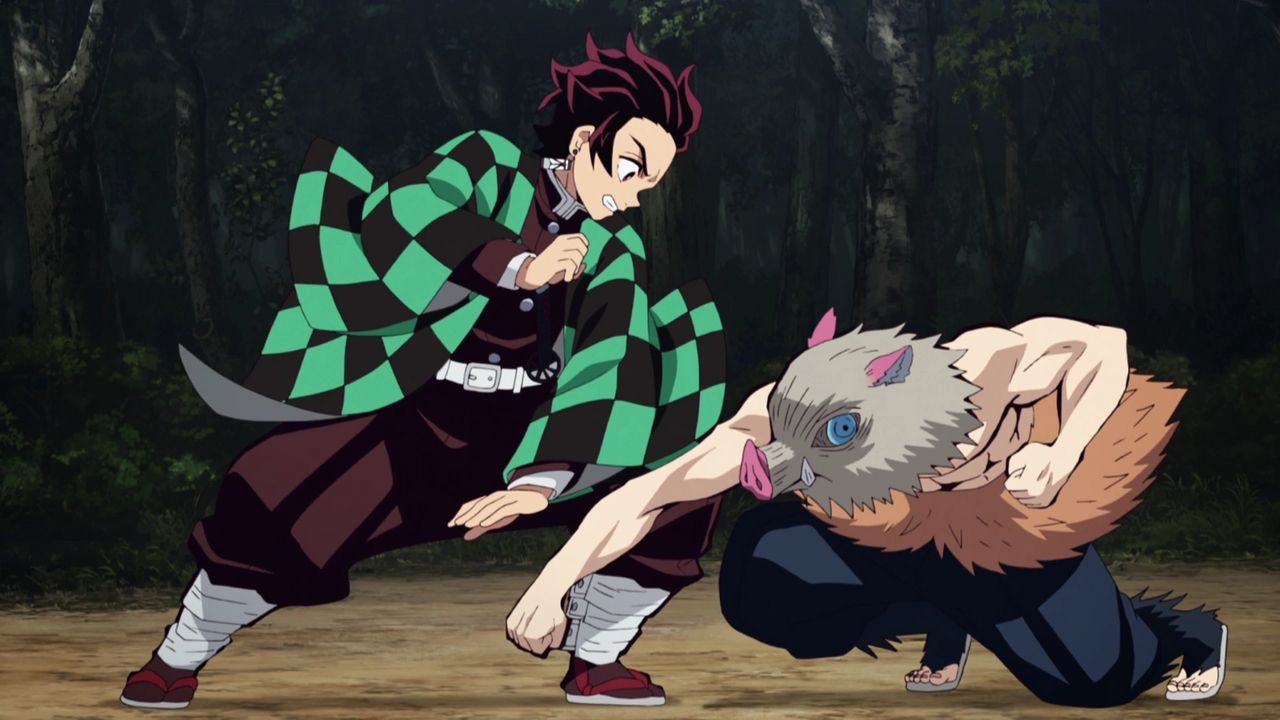
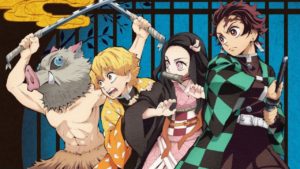
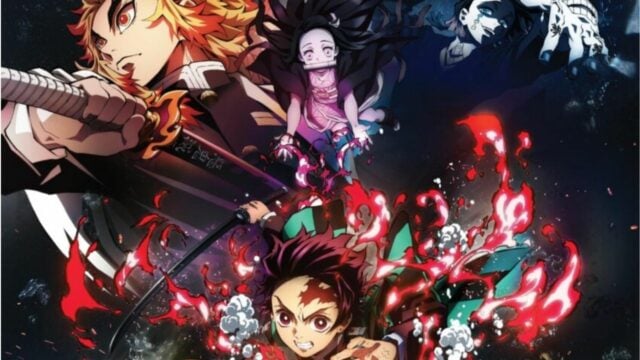
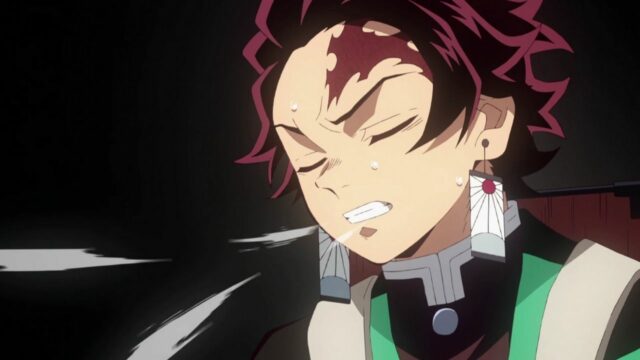
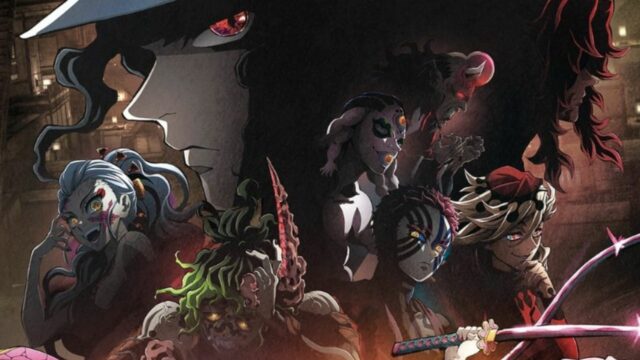
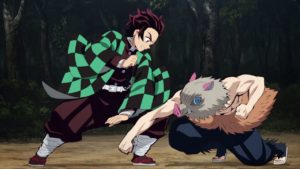
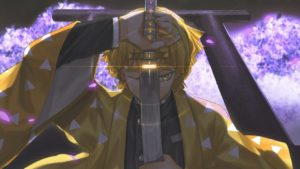
No Comments on What time period is Demon Slayer set in?